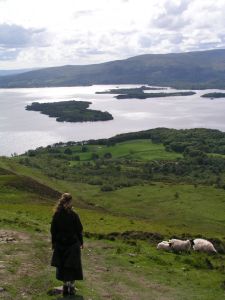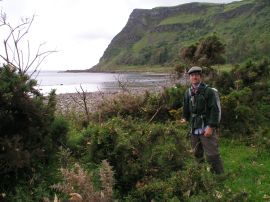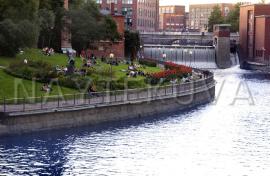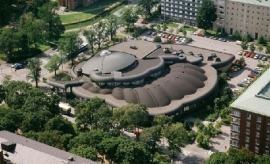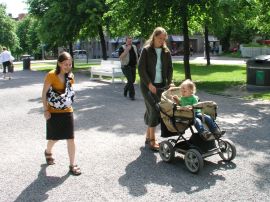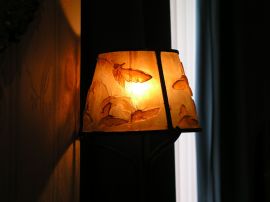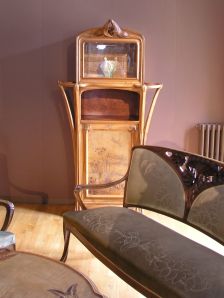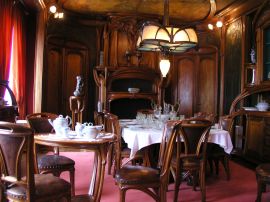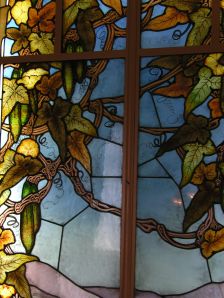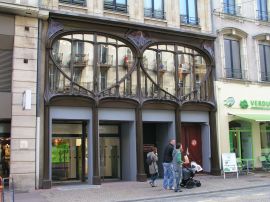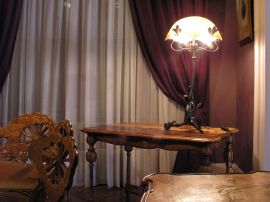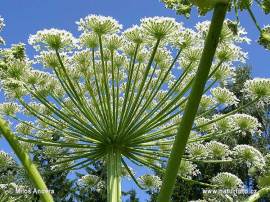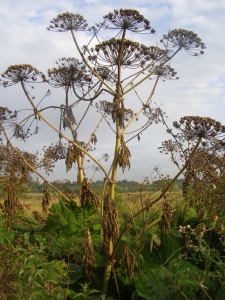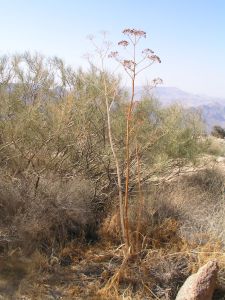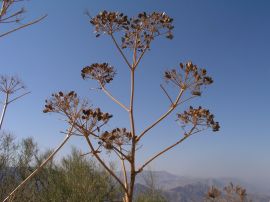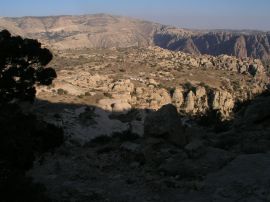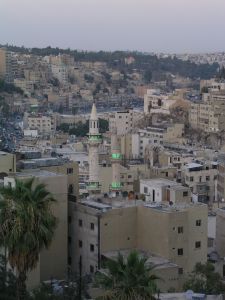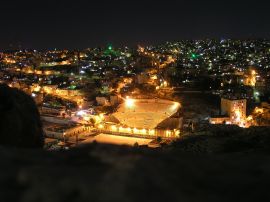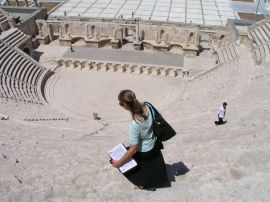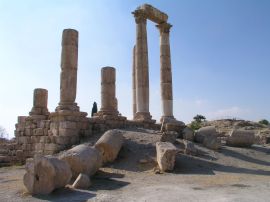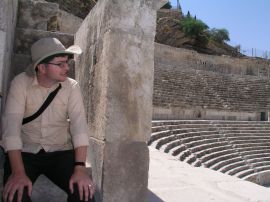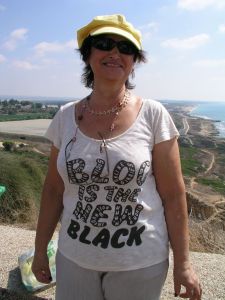This Is Not a Postcard
Tales of 2 people on 3 continentsArchive for Contra Dance
Listen to the minor cords
When we try to pick out anything by itself we find that it is bound fast by a thousand invisible cords that cannot be broken, to everything in the universe. (John Muir, 1869)Part I: Birds of a Feather
One of our delights while traveling consists of finding connections between presumably unrelated places. It’s like coming across a sparkling line of spider web that you have to tilt your head just right to see. Once you see it, others magically come into view.
I’ll give you an example:
During our time in Scotland, we heard every so often about a critically endangered bird called a capercaillie (pronounced “kayper-kaylee”).
The elusive capercaillie is the largest grouse in the world, inhabiting the (similarly endangered) forests of the Scottish Highlands.
I had never heard of a capercaillie before coming to Scotland, but James recognized the name as the name of a band that performs from time to time on NPR’s “Thistle & Shamrock.” It’s an apt name for a Scottish band, in fact, because traditional Scottish dances are called ceilidhs (“kaylees”), otherwise known as “contra dances” in the US.
It’s also apt because the capercaillie itself dances in an elaborate courtship display.
Up until the late 1700’s Scotland was still largely covered with Scots pine, the preferred habitat for capercaillies. Then a combination of factors including massive deforestation as well as the onset of the “Little Ice Age” conspired to wipe the capercaillies out.
Today there are less than 1,000 capercaillies left in Scotland, largely confined to a patch of land of just 11 square miles. Some experts say the real population figure is probably closer to 500. In 2009, a census of the Loch Lomond population counted just five individual birds, a decline from the 32 individuals counted ten years earlier.
James and I snuck up on a small group of capercaillies while we were hiking on the Isle of Mull. They explode out of their hiding places like wild turkeys, scaring the bejeezus out of you.
>> fast forward to Finland
Our very favorite city in Finland was Tampere, once known as the country’s industrial “Manchester.” Tampere has also historically been a hotbed for labor and socialist organizing.
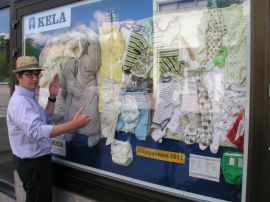
James shows off the package that all Finnish parents receive for free whenever they have a baby. Long live Scandinavian socialism!
These days, Tampere is a beautiful, vibrant town that has reinvented its old factory buildings into gorgeous downtown centerpieces.
It is also home to a great university that I profiled on my Parlez-Vous Green Campus? website.
When we first arrived in Tampere, one of our couchsurfing hosts took us on a walking tour of the major sights, including their fantastic public library designed by a couple of Finnish architects named Reima and Raili Pietilä.
The library has earned itself an endearing nickname: “Metso.”
Why? Because from above, it seems to resemble a beloved local bird by the same name.
Despite her superior English language skills, our host Johanna had to admit that she was at a loss to translate.
She took us inside to see a stuffed version of the bird in a case in the lobby. Before I even saw it, I knew what it would be.
Life is just like that sometimes.
After doing a bit of further research, I learned that the capercaillie actually became extinct in Scotland back in 1785. Today’s population was bred from capercaillies brought over from… the Scandinavian peninsula.
Part II: Burning down the Caucasus
Whenever I go to Nancy, France where my mother was born and raised, I make a pilgrimage to the Musée de l’Ecole de Nancy. This last visit was particularly special because I was with my parents who were in France celebrating my mother’s 70th birthday and their 50th wedding anniversary.
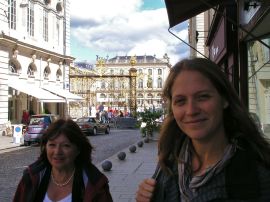
With my maman in her home town. Notice Place Stanislas in the background, Nancy's magnificent central square.
The Ecole de Nancy museum showcases the incredible craftsmanship and creativity of local artists who contributed to the founding of the Art Nouveau movement at the turn of the last century such as Emile Gallé, the Daum brothers, Louis Majorelle and René Lalique.
The designs were always based on natural elements – plants, flowers, insects, fish.
One of their favorite motifs was a highly invasive plant called “ombelle” in French (Heracleum mantegazzianum). In English, this plant goes by a somewhat less refined common name: Giant hogweed.
Hogweed is phototoxic, meaning that its sap causes severe blisters to appear on skin that has come into contact with it. It was introduced from the Caucasus region (Central Asia) as an ornamental in Britain and later France, and it has since made itself highly unwelcome, displacing native species and terrorizing unsuspecting victims who have unwittingly reached out to touch it.
ABC News described hogweed just last year as the “summer plant from hell.”
Despite its obvious shortcomings, giant hogweed was showered with affection by the artists in Nancy. In fact, it is even planted in the gardens surrounding the museum, though new shoots are systematically removed – with gloves on.
>> fast forward to Jordan
We came across this fine specimen in the middle of the Dana Nature Reserve. I would have stood next to it for scale, but I was scared to get anywhere near it.
James and I have a theory about how this plant ended up here. But first let’s back up a little and talk about Jordan.
Jordan is an absolutely fascinating country that has been home to many different cultures and peoples throughout its history. And still is.
Its capital Amman is a sprawling, cream-colored city whose homes, mosques and staircases spill over tightly packed hills.
Amman started out as the capital of the Ammonites, referred to in the Bible as Rabath-Amman. King David slaughtered Uriah the Hittite here.
[At which point you say to yourself, “Ah, of course! Uriah the Hittite. I always wondered how he died.”]
Later, the Romans renamed the city Philadelphia. That was back when it was one of the most important centers of power in the Roman Empire. Its amphitheater seated 5,000 spectators at a go.
Amazingly, by 1900 Amman had shrunk to a real 2-horse town; the city counted just 400 total inhabitants.
Most of its residents at that time were Muslim Circassians. The Circassians had been expelled from their homeland by the Russians at the end of the Caucasian War in the 19th century. Some early Circassian settlers took up residence inside the ruins of Amman’s Roman amphitheater.
Back to our theory about the hogweed: Did the Central Asian Circassians drag that infernal plant along with them as a bitter reminder of home? Perhaps they didn’t want to feel too sentimental about the motherland they had left far behind. Or maybe they planted it as a defensive measure against the Russians should they ever come back to town.
Sure, why not? This theory was sounding better and better all the time.
Unfortunately, we later learned that the plant in Jordan is native to the Mediterranean region: Ferula communis, aka “giant fennel.”
Family? Umbelliferae. Also the family of the giant hogweed.
Close enough.
Folks, don’t forget to request a real, live postcard before you leave this page! We love sending them to you. Also, there are loads and loads of pictures from France on Flickr to look at if you feel so inclined.p.s. Blog is the new black.

